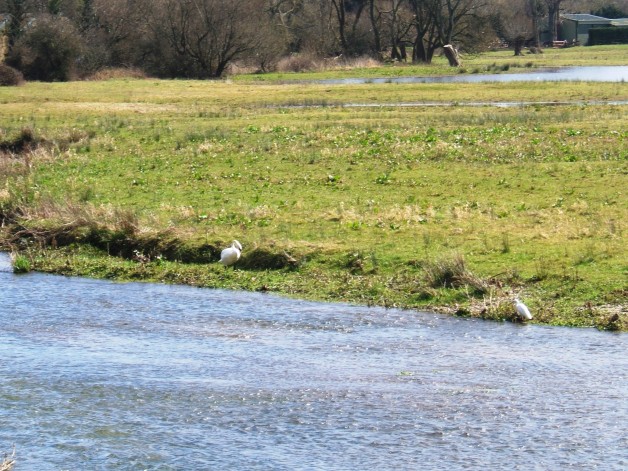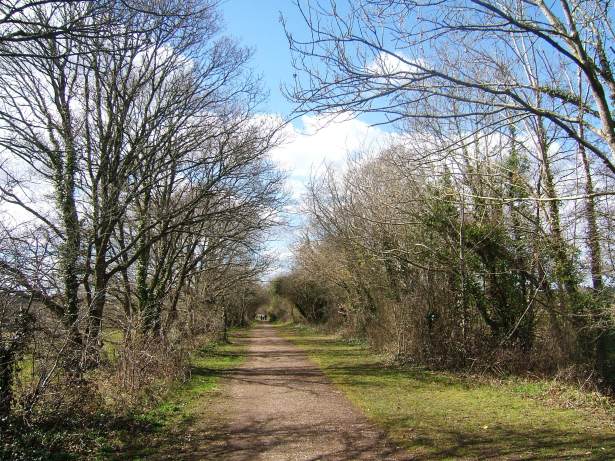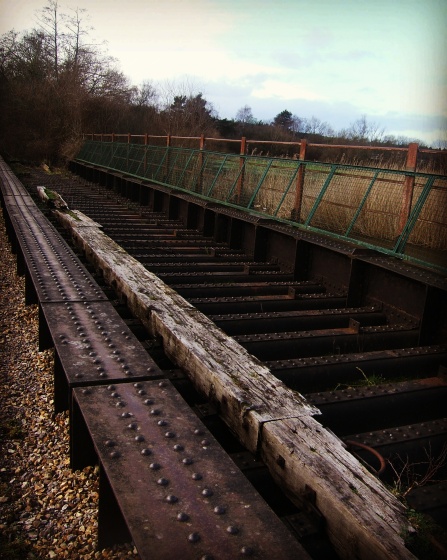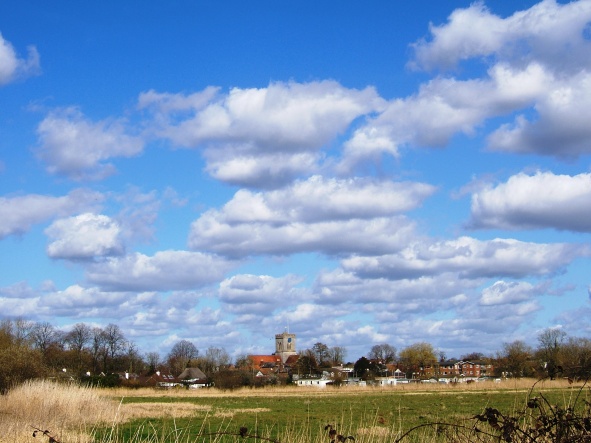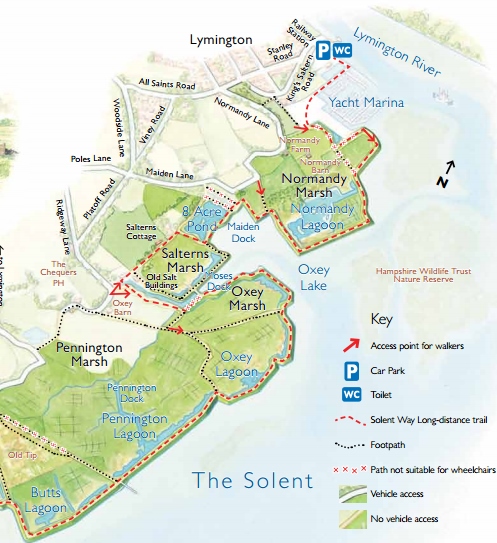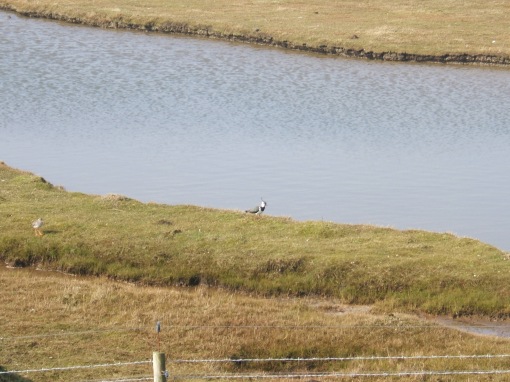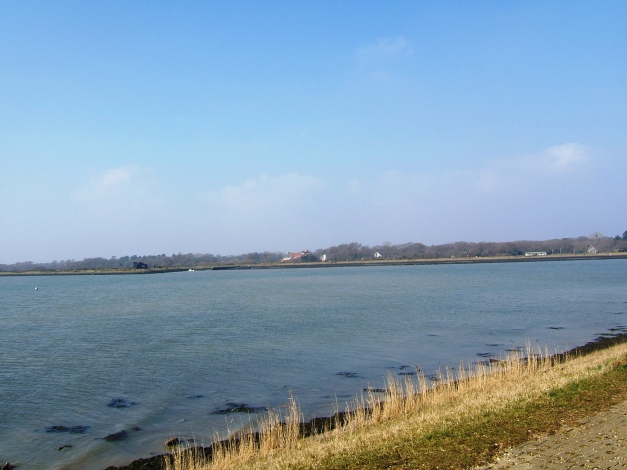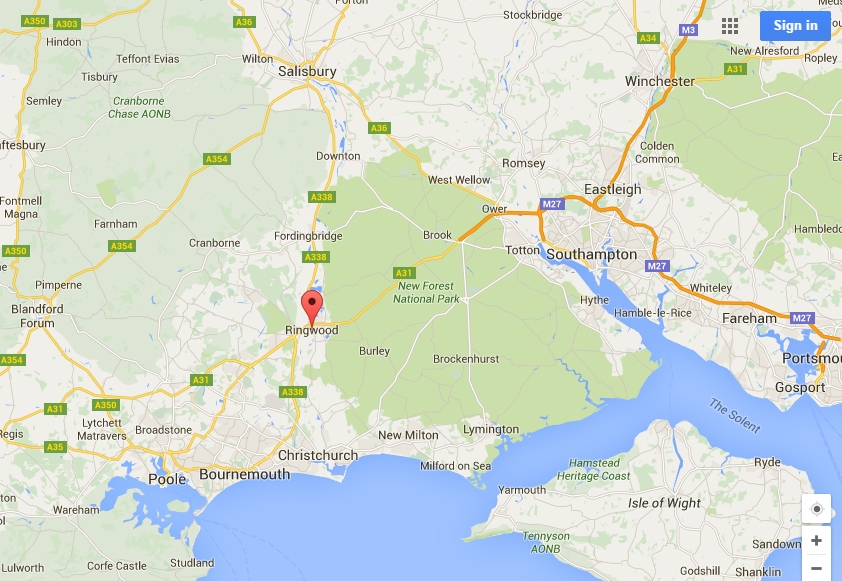The RSPB have today published the results of their annual Big Garden Birdwatch survey. As ever, it’s fascinating reading and I thought I would compare the national results with the ones from my garden.
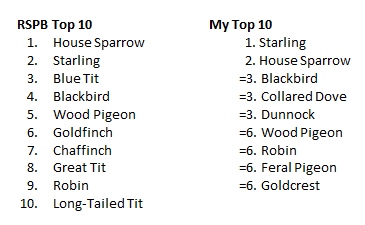
As you can probably see the results are actually fairly similar. It is worth remembering that whilst the national results are a good snapshot of current bird populations, the local results do not necessarily give an entirely accurate snapshot of local visitors.
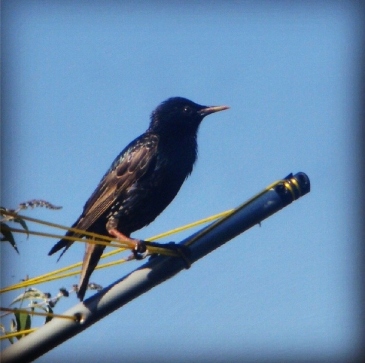
It is of little surprise that house sparrows and starlings came in first and second respectively as they are by far the two most common species in my garden. The numbers are pretty similar between the two species here and it seems to be that there is almost continuously a flock of one species or the other feeding at a time, although rarely are there large group of both at the same time.
I don’t tend to get that many blue tits here which goes against the national trend. They do visit regularly but far less often that collared doves and blackbirds. Goldfinches, chaffinches and great tits all appeared on the national list but didn’t visit my garden that day but actually they are all regular visitors and I would expect them to appear in the top 10 if I did a more scientific study.

The other visitor on the national list that I don’t have listed is the long-tailed tit. They are rare visitors here although a flock did pass through a few weeks ago. The RSPB is speculating that due to the mild winter more smaller birds have survived, hence their appearance on that list. I am inclined to agree with this view as I have seen many more small birds around the local area than I would usually at this time of year.
A few birds on my list didn’t make the national list. The goldcrest was a surprise visitor and that big garden birdwatch weekend was the only time I’ve ever seen one in the garden! Dunnocks and collared doves are very common visitors here, both would usually be the top 5.
We only ever have one feral pigeon visit and it is a well-groomed bird that would look totally out of place amongst the messy ones in town centres. It is a regular visitor though and has been for around two years now. It seems to like hanging around with a wood pigeon. I’m not sure if it’s a lonely bachelor or whether it is partial to some inter-species breeding (unsure if that’s possible with pigeons) but either way it spends a lot of time eating our bird food.
Well I hope that was of interest and I’m already looking forward to next year’s Big Garden Birdwatch! For more detailed national and regional results, check out the RSPB page.


 The Avon has lots of your usual river birds like mallards and mute swans as well as some slightly less common species like little egrets and grey herons.
The Avon has lots of your usual river birds like mallards and mute swans as well as some slightly less common species like little egrets and grey herons.